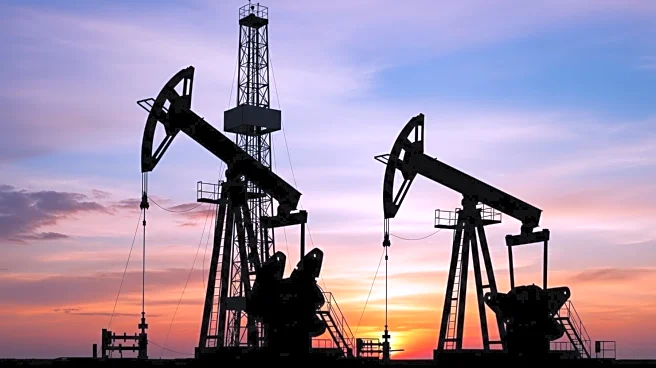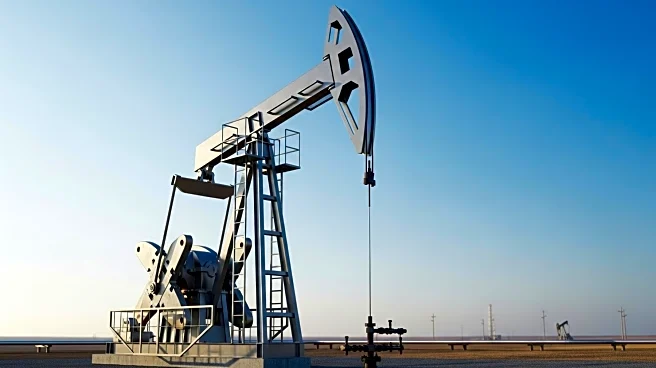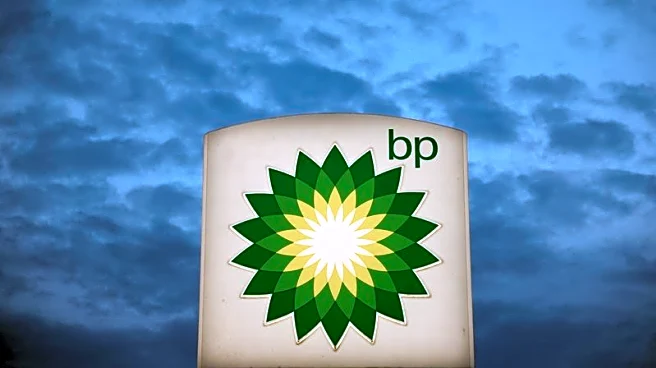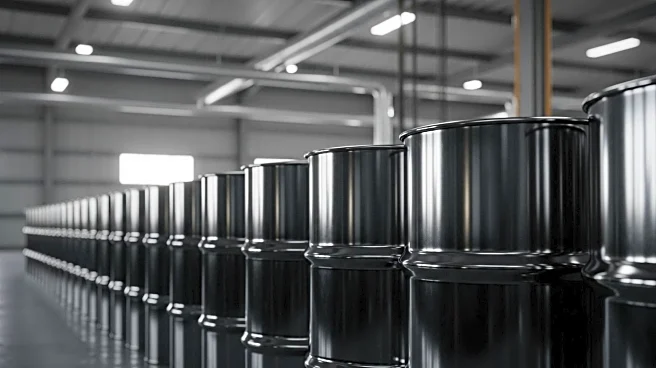What's Happening?
BP has announced increased production for the second consecutive quarter, driven by growth in its U.S. shale arm BPX Energy. Despite weak oil trading, BP's gas trading remained average, contributing to a mixed financial outlook. The company has initiated new oil and gas production at six global projects, expected to add 150,000 barrels per day at peak output. BP has also implemented cost-cutting measures, reducing expenses by $1.7 billion since 2023 and announcing 6,200 job cuts. The company's stock outperformed peers in the third quarter, with a 16% gain, although it faces challenges from oversupply in the oil market.
Why It's Important?
BP's increased production highlights its strategic shift towards boosting oil and gas output, following years of underperformance due to failed green investments. The company's efforts to cut costs and sell assets are crucial for improving financial stability and competitiveness. However, BP's reliance on oil and gas amid a market headed for oversupply poses risks to its profitability. The company's ability to navigate these challenges and capitalize on production growth will be key to its future success. Investors and analysts are closely monitoring BP's performance and strategic decisions as it seeks to enhance shareholder value.
What's Next?
BP plans to continue its asset divestment strategy, aiming for $20 billion in sales by 2027. The company is targeting a net debt range of $14 billion to $18 billion by the end of 2027. BP's focus on increasing production and reducing costs will be critical in achieving its financial goals. The energy giant may face pressure from market conditions and competition, requiring adaptive strategies to maintain growth. Stakeholders will be watching for updates on BP's asset sales, production levels, and market dynamics as the company navigates its strategic pivot.












